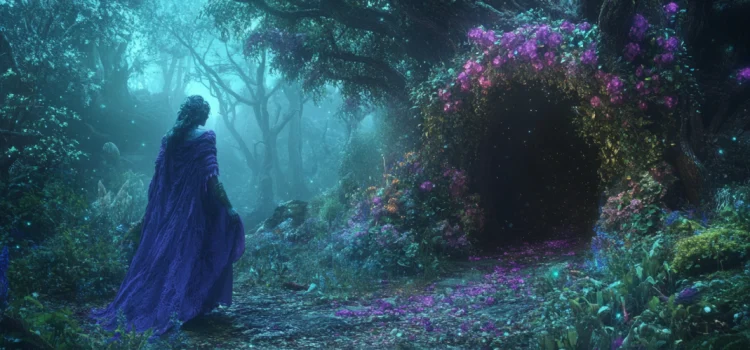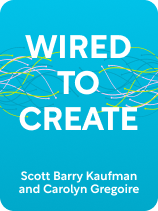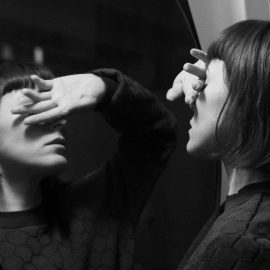

This article is an excerpt from the Shortform book guide to "Wired to Create" by Scott Barry Kaufman and Carolyn Gregoire. Shortform has the world's best summaries and analyses of books you should be reading.
Like this article? Sign up for a free trial here.
Why is it beneficial to have a childlike imagination? How can adults participate in the act of “play”?
In their book Wired to Create, Scott Barry Kaufman and Carolyn Gregoire explain that adults with childlike imaginations are more likely to be creative. In many cases, this is a mindset that’s developed during childhood and evolves.
Here’s a look at this important characteristic of creativity.
Childlike Imagination
According to the authors, the first characteristic that creative people share is a childlike imagination. This characteristic is defined by the desire to create something fun or enjoyable out of something typically mundane. In childhood, this characteristic is present whenever we play pretend—we pretend that a fallen tree in the forest is a kitchen counter and that pinecones and leaves are ingredients for a stew. Or, we make up a fantasy world and act out character roles with our friends.
In adulthood, this characteristic manifests when we explore our thoughts and experiences and use them to create something. The act of creation is “play” for the adult creative. For example, theorizing about something and sharing your theory is creative play—you use your childlike imagination to take something mundane and create something new. Channeling your experiences into a book, play, painting, and so on is also a form of creative play—you’re transforming your real life encounters into something new that you can share with others.
| Fuel Your Childlike Imagination by Reconnecting to Your Inner Child In The Artist’s Way, Julia Cameron reiterates the crucial, interconnected nature of childlike play and creativity, arguing that play is the act of creation. She adds that creative people can sometimes lose touch with this playful nature and consequently experience creative blocks. This tends to occur when an adult loses touch with their “inner child” by convincing themselves that their playful ideas, dreams, and desires are unrealistic or immature. To overcome creative blocks and reconnect with your childlike imagination, Cameron recommends first reflecting on your childhood dreams and desires. This might include the fantasy worlds you created as a child, as Kaufman and Gregoire mention. Then, reflect on your more recent dreams, desires, and ideas that you may have written off as being silly or unrealistic due to factors like money or time. For example, maybe you had an idea to turn your childhood fantasy world into a painting but wrote off the idea because it would take too much time. You can rekindle your capacity for childlike play by pursuing that idea. |
Kaufman and Gregoire add that childhood play often lays the groundwork for adult creatives’ ability to engage with their childlike imagination. Studies show that for children, imaginative play boosts cognitive development and is a way to explore, engage with, and find meaning in their environment.
These childhood experiences often transfer into adulthood, making the adult creative more curious and explorative than someone who lacked imaginative play in childhood. Further, childhood experiences with inventive play often provide a framework for the adult’s creative work—for example, turning your experiences playing in an “enchanted forest” as a child into a collection of paintings as an adult.
(Shortform note: Researchers reiterate the crucial role of childhood play in cognitive development, explaining that it leads to resilient, competent, and emotionally healthy adults. They note that when we play, neural connections form in our brains that increase our aptitude for problem-solving. This contributes to why play boosts cognitive development and may also explain why play is linked to creativity. Problem-solving relies on producing unique ideas and making connections—a critical component of creativity, which we’ll discuss more later in the guide.)

———End of Preview———
Like what you just read? Read the rest of the world's best book summary and analysis of Scott Barry Kaufman and Carolyn Gregoire's "Wired to Create" at Shortform.
Here's what you'll find in our full Wired to Create summary:
- What creativity truly means—and why it’s hard to define
- The 10 characteristics of creative people
- How to maximize your creative potential






